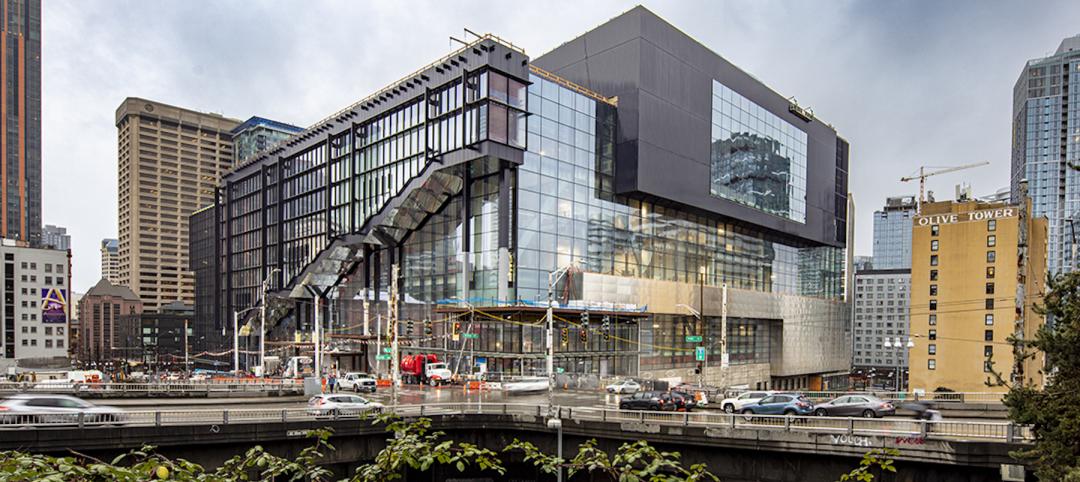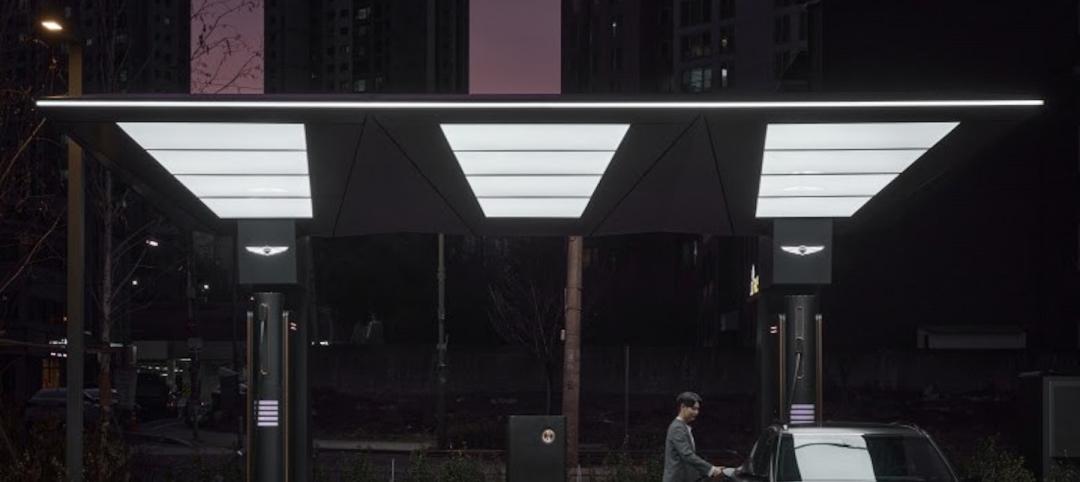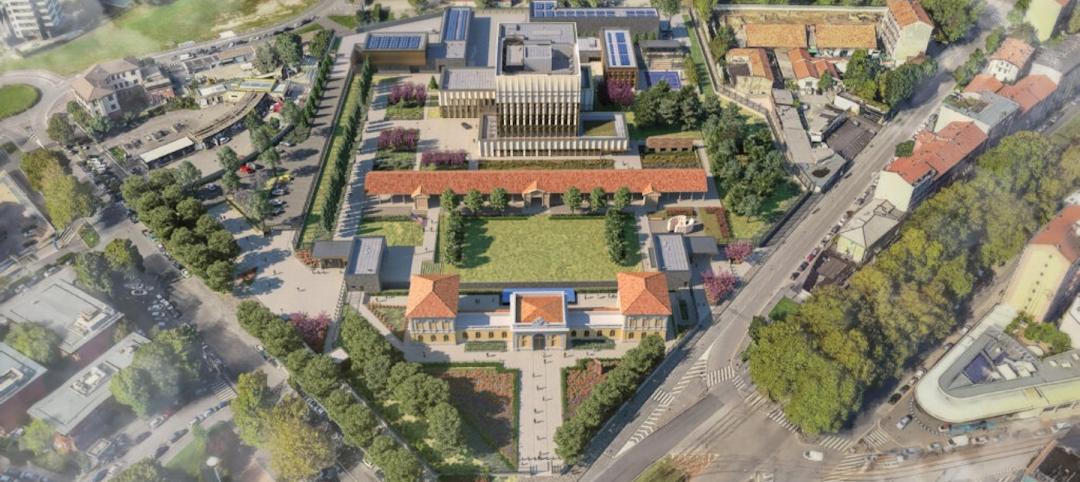In its latest Supply and Demand Outlook for the Los Angeles Apartment Market, the real estate brokerage and research firm Marcus & Millichap stated that L.A. “is in the midst of the largest housing boom in decades, as developers rush to complete projects in the county.”
Last year, 10,200 rental apartments came online in Los Angeles, and another 8,500 could be added in 2015.
That construction activity should be good news for Los Angeles’ overall economy, if history repeats itself. Research commissioned by the National Multifamily Housing Council and the National Apartment Association finds that apartment construction, operations, and resident spending contributed $63.1 billion and supported more than 534,900 jobs in the Greater Los Angeles area in 2013.
Those findings were released earlier this week by the Apartment Association of Greater Los Angeles, which represents 20,000 building owners and managers in Southern California.
In 2013, Los Angeles had 3,039,590 million people—23% of its population—living in 1,272,968 occupied rental homes and apartments. Thirty eight percent of those apartments are one-person households.
In 2013, Los Angeles had 3,039,590 million people—23% of its population—living in 1,272,968 occupied rental homes and apartments. Thirty eight percent of those apartments are one-person households. Apartment residents wielded $23.4 billion in spending power.
The study reports that two-thirds of the building permits issued in Los Angeles County were for multifamily. And it breaks down the economic contribution of apartment construction ($5 billion, or more than any other metro area in the country), operations ($11 billion), and rents ($47.1 billion).
Marcus & Millichap, though, raises some red flags about whether this economic bounty will continue. It notes that anticipated upward pressure on interest rates could temper investors’ enthusiasm for the apartment sector, further dissipating the buyer pool.
The research firm also notes that recent weakness in absorptions and rent growth—the latter of which increased by 4.4% in 2014 and is expected to rise by 5.2% this year to an average of $1,842 per month—might also make investors think twice about projects still on the drawing board.
Related Stories
Industrial Facilities | Apr 14, 2022
JLL's take on the race for industrial space
In the previous decade, the inventory of industrial space couldn’t keep up with demand that was driven by the dual surges of the coronavirus and online shopping. Vacancies declined and rents rose. JLL has just published a research report on this sector called “The Race for Industrial Space.” Mehtab Randhawa, JLL’s Americas Head of Industrial Research, shares the highlights of a new report on the industrial sector's growth.
High-rise Construction | Apr 14, 2022
Seattle’s high-rise convention center nears completion
The new Washington State Convention Center Summit Building—billed as the first high-rise convention center in North America—is on track to complete most of its construction later this year.
Wood | Apr 13, 2022
Mass timber: Multifamily’s next big building system
Mass timber construction experts offer advice on how to use prefabricated wood systems to help you reach for the heights with your next apartment or condominium project.
AEC Tech | Apr 13, 2022
Morphosis designs EV charging station for automaker Genesis
LA-based design and architecture firm Morphosis has partnered with automotive luxury brand Genesis to bring their signature brand and styling, attention-to-detail, and seamless customer experience to the design of Electric Vehicle Charging (EVC) Stations.
AEC Tech | Apr 13, 2022
A robot automates elevator installation
Schindler—which manufactures and installs elevators, escalators, and moving walkways—has created a robot called R.I.S.E. (robotic installation system for elevators) to help install lifts in high-rise buildings.
Hotel Facilities | Apr 12, 2022
A virtual hotel to open in the metaverse
A brand of affordable luxury hotels that launched in 2008, citizenM has announced it will purchase a digital land site in The Sandbox, a virtual game world owned by Animoca Brands.
Government Buildings | Apr 11, 2022
Milan’s new US Consulate celebrates Italian design
In Milan, Italy, the new U.S. Consulate General broke ground on April 6. Managed by Overseas Buildings Operations (OBO), a U.S. government agency that directs overseas builds, the 10-acre campus will feature a new Consulate building, as well as the restoration of the site’s historic Liberty Building and reconstruction of a pavilion on the 80,000-square-foot parade ground.
Healthcare Facilities | Apr 7, 2022
Visibility breeds traffic in healthcare design
Ryan Companies has completed several healthcare projects that gain exposure by being near retail stores or office buildings.
Multifamily Housing | Apr 7, 2022
Ken Soble Tower becomes world’s largest residential Passive House retrofit
The project team for the 18-story high-rise for seniors slashed the building’s greenhouse gas emissions by 94 percent and its heating energy demand by 91 percent.
Multifamily Housing | Apr 5, 2022
New Covenant House New York contains multiple services for youth in crisis
The new Covenant House New York, a crisis shelter for homeless youth in the Hell’s Kitchen neighborhood, provides a temporary home and multiple services for young people.














